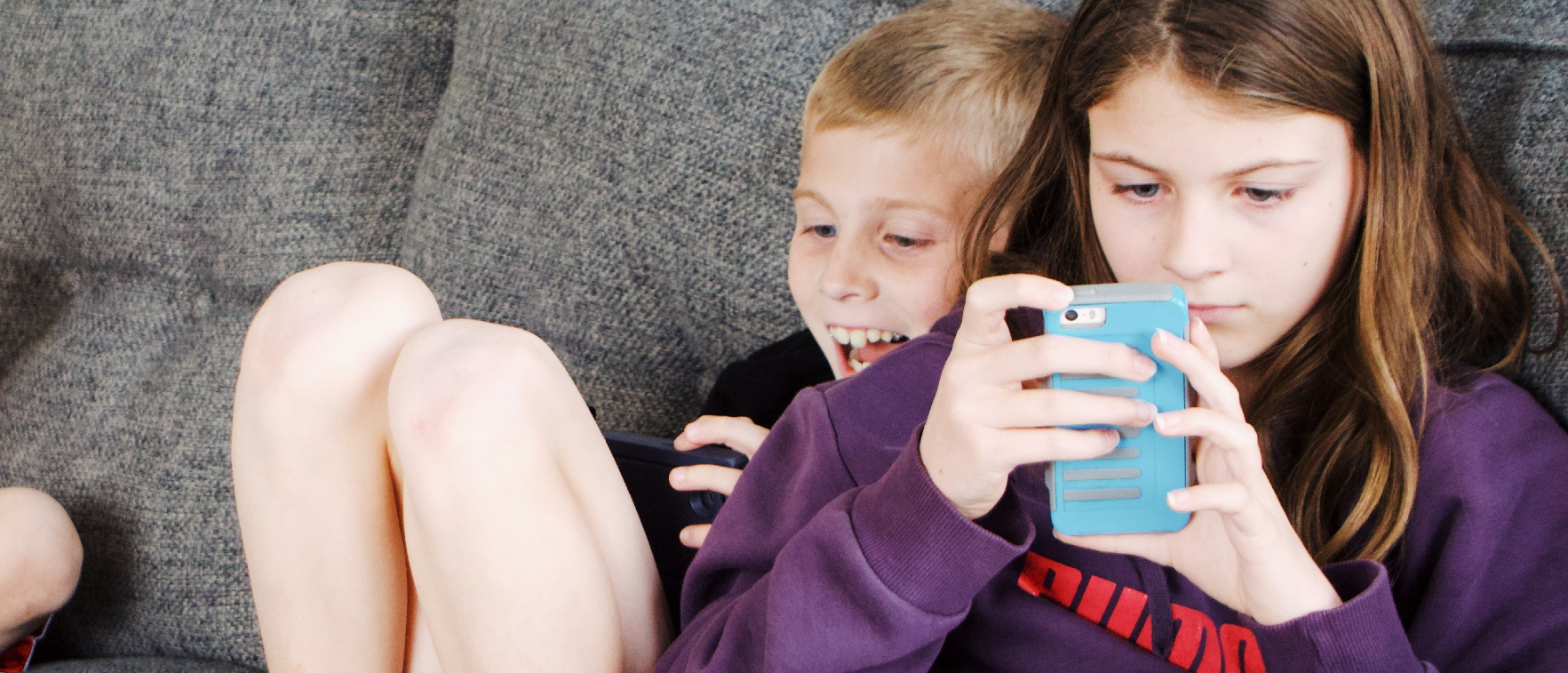“The Anxious Generation: How the Great Rewiring of Childhood Is Causing an Epidemic of Mental Illness”, a new book by Jonathan Haidt, quickly found an audience. For www.parenting.digital, Michaela Lebedíková, Michal Tkaczyk, Vojtěch Mýlek and David Smahel share 10 ways in which they disagree with the way Haidt builds his argument based on their own studies of the impact of technology on adolescents’ wellbeing.
1. Cherry-picking research
Studies that support Haidt’s thesis are prominent, and information that does not conform is omitted or downplayed. In Figure 1.11, Haidt plots the percentage of Nordic teens with high psychological distress and highlights its rise between 2010 and 2015 (from Health Behavior in School Children data), especially among girls. However, the overall results of the HBSC, which surveyed more than 100,000 youths worldwide, does not show an increase in psychological symptoms or a decrease in life satisfaction between 2002 and 2014. These indicators are rather stable, with, at best, only a slight increase (see, studies by Dierckens and colleagues or Cosma and colleagues).
Haidt often relegates non-conforming information to the endnotes, like the fact that there “are a few studies that report little to no effect of screen use on sleep” (Chapter 5, note 36).
Researchers who focus on the complex relationships between various technologies and adolescents’ wellbeing have no evidence that engagement with digital technology is resulting in worse impacts on adolescents’ mental health problems over time. There is only a little evidence for the negative effects of digital screen engagement on adolescent wellbeing.
2. Causal conclusions from (mostly) correlational data
Haidt uses time series graphs (e.g., mental illness among college students) to show trends. The graphs seem to converge, but it is not correct to assume that these phenomena are related or even cause one another (see this website).
Haidt’s causal conclusions are often supported by correlational literature and a few experimental studies (often not on adolescents, pp. 123-24). For instance, in Chapter 5, Haidt claims that the negative effects of social media use on sleep “are not merely correlations; they are causal.”
Most reviews of existing research on media and sleep emphasize that the current evidence is not sufficient for strong causal claims (e.g., Lund et al., 2021; Carter et al., 2016; Pagano et al., 2023).
3. Dismissing alternative explanations
Haidt claims that increased use of technologies among youth is the main explanation for adolescents’ declining mental health. Even though he declares that overprotective parenting also plays an important role, throughout his book, he predominantly discusses evidence for the potential effect of smartphones and social media. Other possible alternatives, except for overprotection, are swiftly dismissed: the economic crisis happened too early (its long-term impacts are not considered), and the environmental crisis arrived too late. This disregards the potential cumulative and long-term effects. As scholars point out, there are several societal challenges and systemic issues that affect adolescent wellbeing (see also Orben et al. 2024). Haidt even points some out, e.g., the rising school/academic pressures, but fails to consider them as potential reasons behind rising mental health problems.
4. Generalizing beyond the data
Much of the cited research is conducted on different populations (across demographics or countries). However, Haidt generalizes the results from one population to another, be it college students to adolescents or U.S. population to the rest of the world. Haidt refers to an experiment at a particular school (p. 149) and suggests that replicating the experiment at more schools would produce a greater positive effect. Yet, without testing specific intervention across various settings, we cannot be confident of that assertion. Moreover – and this holds for the other comparisons – this characterization omits the many person-, school-, and state-level elements; see country differences in EU Kids Online.
5. Assuming that media effects are the same for everyone
Although Haidt explains different reasons for the decline in wellbeing in girls and boys, he generally assumes that the media effects are direct and impact all adolescents similarly. Such thinking (called “the hypodermic needle theory”) was contested as early as the 1950s. Nowadays, media researchers recognize that there are many factors related to the effects of media use on individuals. The unique combination in each person results in a different impact for everyone. A recent study has shown that adolescents experience positive and/or negative effects, but the majority are not affected by social media.
6. Overstating the scale of adolescents’ internet addiction
Haidt uses anecdotal examples of teenagers who experience the negative effects of technology and/or claim to be “addicted” to smartphones. Yet, cross-cultural studies on large, representative datasets from Europe show that these phenomena are far from affecting the entire population: according to data from 31 countries and a total of 693,306 participants, the average prevalence of general internet addiction is about 7%, and internet gaming disorder is about 2.5%.
7. Depriving adolescents of agency
Haidt says technology hurts adolescents’ mental health. Yet, adolescents are not helpless or passive. They creatively use technology and social media
to maximize the positive benefits and minimize the drawbacks.
8. Downplaying the benefits of technology
Although the author briefly mentions some positive aspects of social media use, such as providing community and connection, he notes that there are not enough studies to show these effects. While this is true, we should not confuse the fact that positive effects are understudied (see this review) with evidence that these effects do not exist. New research continues to reveal new positive effects. For instance, a recent Unicef report describes the positives of gaming in three countries and concludes that “empirical research demonstrates that digital games can provide positive and measurable contributions to children’s wellbeing” (Unicef, 2024).
9. Proposing reforms without considering the impacts
Haidt suggests four reforms for “a healthier childhood.” Among them, banning access to smartphones until age 14 and to social media until age 16, may sound sensible, but bans carry hidden risks. Many adolescents find ways to circumvent restrictions. Parental supervision would be complicated and adolescents may find it more difficult to seek parental support when they experience negative things online. Such bans may protect some adolescents, but others will be more vulnerable.
10. Valuing a good story over responsible science
By providing personal accounts and seemingly sound research, Haidt told a story about how smartphones have led to the decline of mental health in adolescence. That story stands on shaky ground. Reviews in Nature and The New York Times also raise questions.
The book is compelling for parents, but it falls short because it values story over science.
First published at www.parenting.digital, this post represents the views of the authors and not the position of the Parenting for a Digital Future blog, nor of the London School of Economics and Political Science.
You are free to republish the text of this article under Creative Commons licence crediting www.parenting.digital and the author of the piece. Please note that images are not included in this blanket licence.
Featured image: photo by Kampus Production on Pexels









